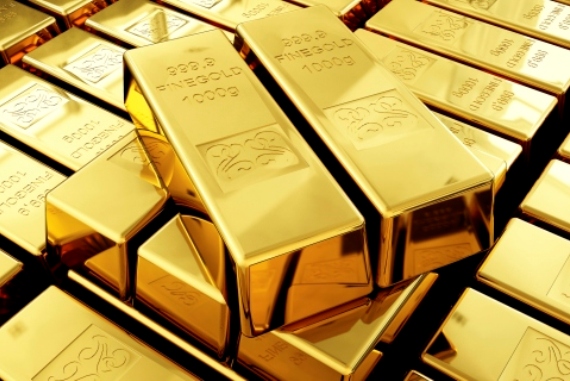

As tensions continue to heat up between the United States and Iran, a renewed focus on gold as a safe-haven asset has been cropping up in predictable fashion.
The trouble is that gold, like many parts of the financial markets, is not fully cooperating by responding to the rising international unrest in the way most market watchers might expect. And that’s just fine with advisers who are not big fans of gold to begin with.
While the price of the precious metal is hovering around $1,600 an ounce, its highest level in about seven years, most financial advisers continue to stiff-arm gold as a defensive play, even in times of extreme geopolitical stress.
“Gold is a speculative investment that never produces anything and is purchased with the hope that someone else will pay more for it in the future,” said Robert Greenman, partner and lead adviser at Vista Capital Partners.
He described gold as a “risky proposition.”
“Investors looking for safety should look to the ultimate safe haven: boring old U.S. Treasury bonds,” Mr. Greenman said.
David Mendels, director of planning at Creative Financial Concepts, offered a similar snub, saying that he would only allocate to gold as a potential hedge against runaway inflation.
But as a hedge against an escalating international conflict? “If we get into a nuclear war, we're all in trouble, and to think that gold will somehow save you is absurd,” Mr. Mendels said. “Gold is purely a supply-and-demand situation that is subject to any number of things, but nothing objective.”
'Buy the rumor, sell the news'
While U.S. equity markets have mostly shrugged off last week’s assassination of a top Iranian military leader by a U.S. drone strike, gold has continued to do what it has been doing since September.
With gold up more than 20% over the past 12 months and up 2% from the day before the Iranian general was killed, there’s no indication that the price of the precious metal is closely linked to geopolitics.
“Typically, you buy the rumor and sell the news, which means you would sell gold when the missiles start to fly,” said Paul Schatz, president of Heritage Capital.
That might have something to do with the fact the broader financial markets are also not syncing up with the much-hyped saber-rattling between the U.S. and Iran.
The S&P 500 Index, which fell by less than 1% the day after the assassination, has since recovered any losses incurred over the past five days.
“The pundits and the textbooks are usually wrong,” Mr. Schatz said. “My short-term take is that gold peaked overnight, after gaining 50% off lows from a few years ago.”
While Mr. Schatz said he is “not a gold bug,” he does see a strategic longer-term opportunity in gold.
“I see a price decline for gold coming in the first half of 2020, then in the first half of this decade you’ll see gold at $2,500 to $3,000 an ounce,” he said.
"Europe will feed my thesis on the doubling of the price of gold by having more problems than they can fix," Schatz said.

Relationships are key to our business but advisors are often slow to engage in specific activities designed to foster them.

Whichever path you go down, act now while you're still in control.

Pro-bitcoin professionals, however, say the cryptocurrency has ushered in change.

“LPL has evolved significantly over the last decade and still wants to scale up,” says one industry executive.

Survey findings from the Nationwide Retirement Institute offers pearls of planning wisdom from 60- to 65-year-olds, as well as insights into concerns.
Streamline your outreach with Aidentified's AI-driven solutions
This season’s market volatility: Positioning for rate relief, income growth and the AI rebound
